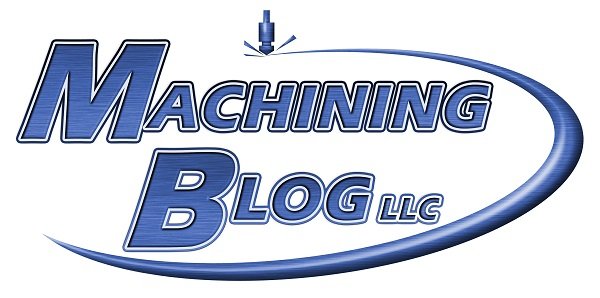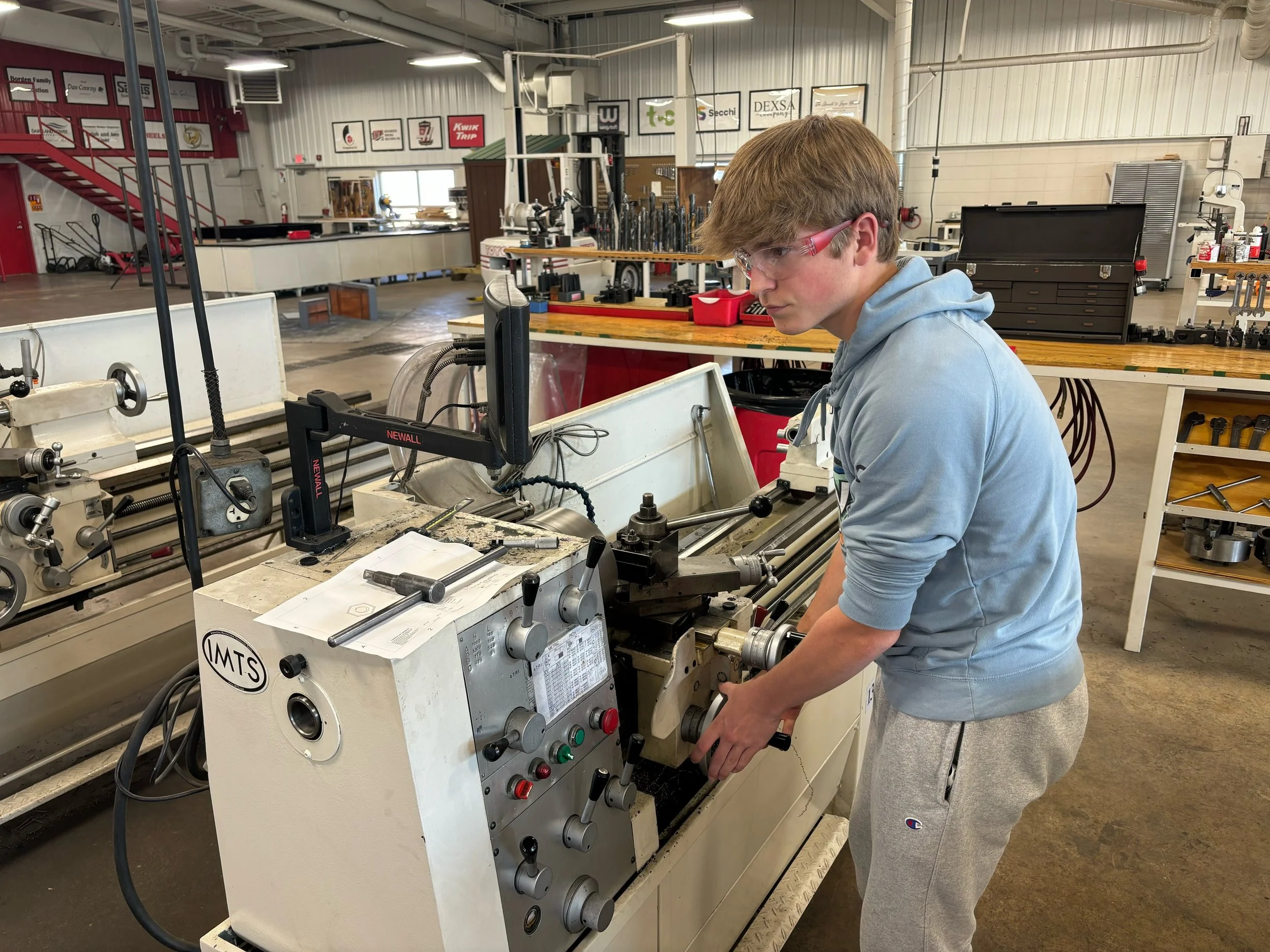A Classroom Making Parts for a Miniature Steam Engine
The Beef River Flyer | Photo Courtesy of David Peterson
A ¼ scale locomotive named the Beef River Flyer operated in Strum Wisconsin from the mid 1960’s to the mid 1970’s. The eight-horsepower locomotive could pull up to 22 tons on a level track. It had four cars, with a maximum of 30 people riding in the cars. It was an attraction that drew in hundreds of riders per year.
Before it came to Strum in the mid 1960’s it operated at Playtime Park in Kenosha Wisconsin, owned by a man named Frank Van Duzer. The main attraction at Playtime Park was the miniature steam train that he designed and built. The engine is a replica of the Southern Pacific Railway’s locomotives. The engine has 10 wheels, and a 90-gallon water tank.
When it arrived in Strum in the 1960’s a man named Jewell Berge who was the village blacksmith, dismantled the train engine and replaced several parts on it. It then operated at the Strum Rod and Gun Club until 1976. From there it operated in Eau Claire Wisconsin.
Today, the steam engine is being repaired by the students at Eleva-Strum High School in the Cardinal Manufacturing technical education program. The part that the classroom made was designed in Autodesk Fusion 360 software by student Ethan Karlstad and machined by student Nick Higley. Nick used some of the latest tooling in machining technology to manufacture the parts. They first made a sample part from aluminum, then they switched to brass for the final six parts for the steam engine. There were many different machining operations involved in making the parts such as milling, drilling, tapping, boring, and face milling.
The part was made in five machining setup operations. In the first setup for example they drilled and tapped the holes for the brake rotor. Then they rough bored and finish bored the bearing hole in the block. After that they bored the shaft hole, milled the snap ring groove, and machined the outside profile.
Cardinal Manufacturing is a school-based manufacturing program that operates both as a class and a business as well. The students gain real world life experiences while enrolled in the program. These experiences include problem solving and working in professional roles. This is all done by the students in the program, who run the class as a business. The students are assigned a role in the class that may include the following business tasks:
Quoting manufacturing jobs
Ordering materials and supplies
Shipping final product
Customer service
Manufacturing components
To learn more about Cardinal Manufacturing follow this link to their website.









